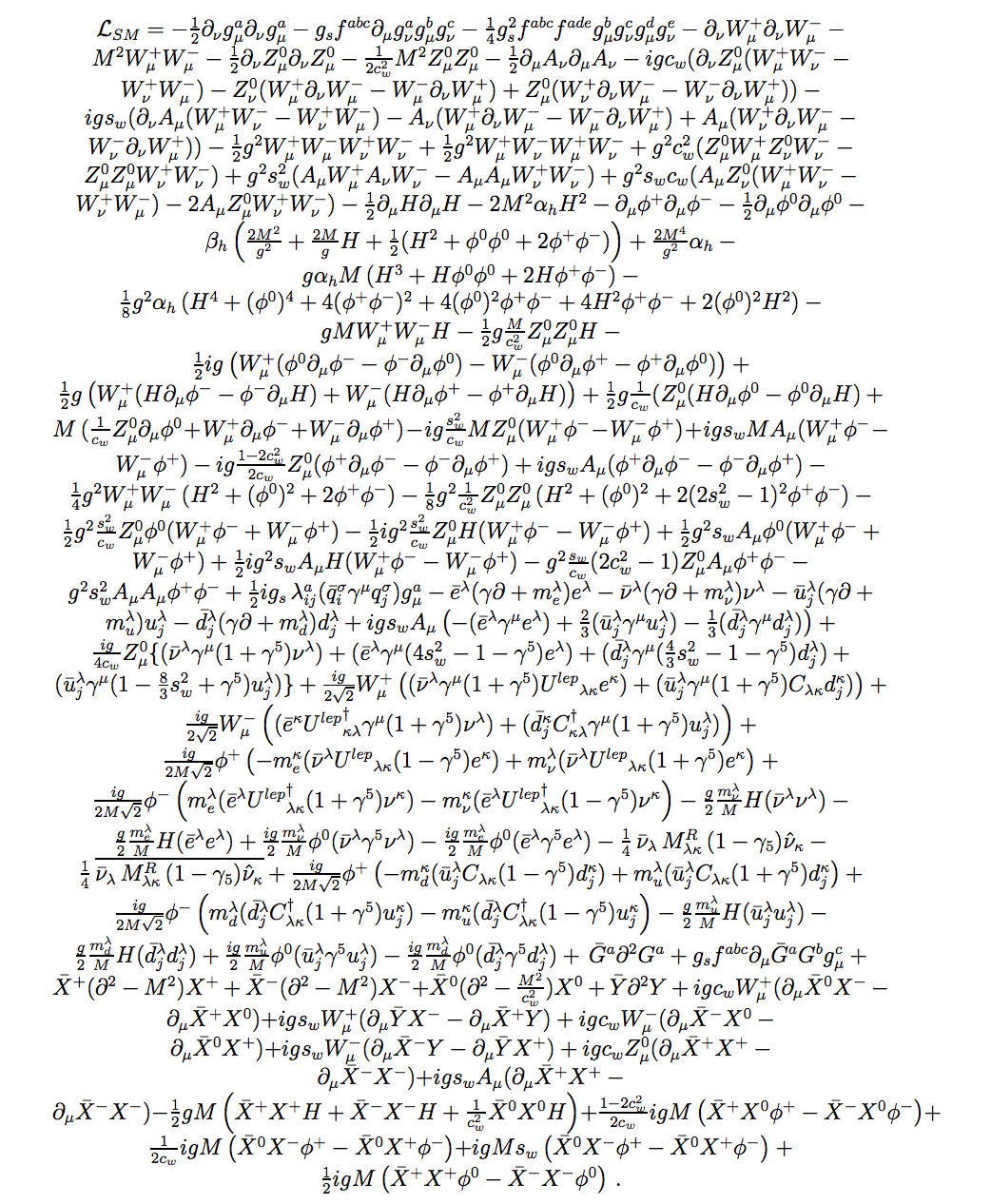Consider two friends, Alice and Bob, trying to figure out what happened to a diamond that disappeared from a museum. They do so in the form of a game that is kind of an approximation to Solomonoff induction: they will work together to come up with the smallest possible explanations that conform to the data, for some intuitive notion of smallness.
This helps to eliminate fake explanations; the hypothesis "a witch caused Henry to fall ill" can be simplified to "Henry fell ill". But "Sally touched Henry and Bob, and Sally is sick and Henry is sick and Bob is sick" is beaten by "Sally touched Henry and Bob and Sally is contagiously sick". An explanation is good if it is smaller than just hard-coding the answer.
Bob knows that there are four diamond thieves in the city, so he comes up with four hypotheses:
- The diamond was stolen by thief number 1.
- The diamond was stolen by thief number 2.
- The diamond was stolen by thief number 3.
- The diamond was stolen by thief number 4.
These are all roughly the same complexity (depending on how you encode numbers), so this provides a uniform distribution over the four thieves.
Alice comes up with one hypothesis:
- The diamond spontaneously ceased existing.
and declares victory.
Bob: What, that makes no sense? Physical objects can't stop existing.
Alice: We aren't doing physics; we are playing a game.
Bob: ͠° ͟ʖ ͡°
Alice: ¯\_(ツ)_/¯
But there is an additional rule; you can add other data from the real world to the challenge. For example, for "Henry falling ill", you might get better hypotheses if you try to compress info about all the sick people in the village, so that a slightly more complex hypothesis that can explain all of them wins!
Bob: I hereby add all physics experiments to the data set!
Alice then comes up with the following hypothesis: all physical experiments are explained by the standard model of physics, except the diamond spontaneously ceased existing.

Bob: That bit about the diamond ceasing to exist is arbitrary!
Alice: Do you have a better hypothesis?
Bob: Uhm, idk. All physical experiments are explained by the standard model of physics, and the diamond was stolen by thief 3?
Alice: ͠° ͟ʖ ͡°
Bob's new hypothesis is bigger than Alice's new hypothesis.
And thus we run into the problem. Due to Alice's and Bob's bounded rationality, they can't determine which thief stole the diamond from the laws of physics alone. So the laws of physics at a low level don't help compress hypotheses at a high level, and thus can't constrain the smallest possible hypotheses they can consider.
How do you modify the game so that the spontaneously disappearing diamond hypothesis doesn't win?